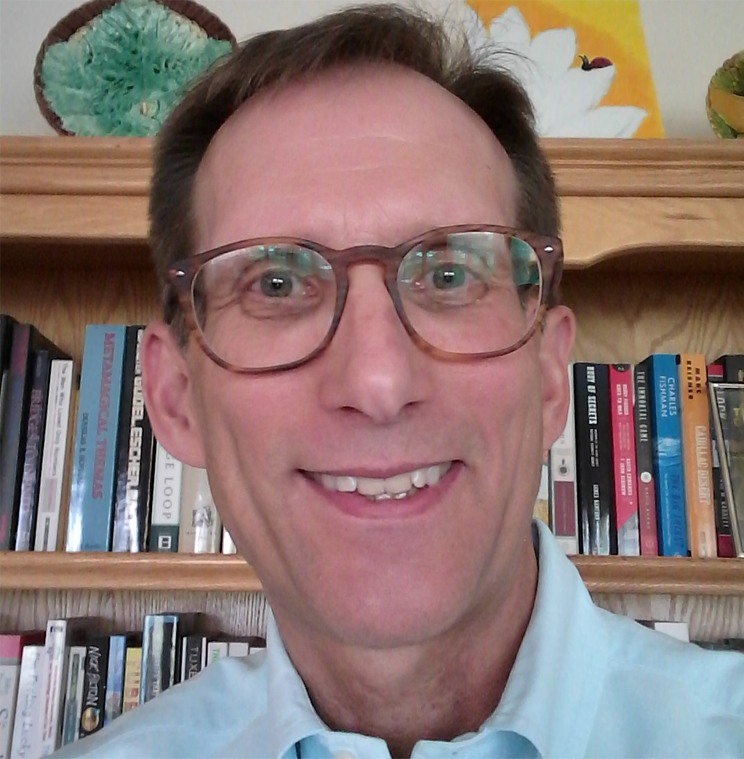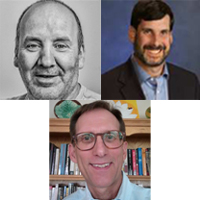By KIM BELLARD
There are so many exciting developments in artificial intelligence (AI) these days that one almost becomes numb to them. Then along comes something that makes me think, hmm, I didn’t see that coming.
For example, AI can now smell.
Strictly speaking, that’s not quite true, at least not in the way humans and other creatures smell. There’s no olfactory organ, like our nose or a snake’s tongue. What AI has been trained to do is to look at a molecular structure and predict what it would smell like.
If you’re wondering (as I certainly did when I heard AI could smell), AI has also started to crack taste as well, with food and beverage companies already using AI to help develop new flavors, among other things. AI can even reportedly “taste wine” with 95% accuracy. It seems human senses really aren’t as human-only as we’d thought.
The new research comes from the Monell Chemical Senses Center and Osmo, a Google spin-off. It’s a logical pairing since Monell’s mission is “to improve health and well-being by advancing the scientific understanding of taste, smell, and related senses,” and Osmo seeks to give “computers a sense of smell.” More importantly, Osmo’s goal in doing that is: “Digitizing smell to give everyone a goal at a better life.”
Osmo CEO Alex Wiltschko, PhD says: “Computers have been able to digitize vision and hearing, but not smell – our deepest and oldest sense.” It’s easy to understand how vision and hearing can be translated into electrical and, ultimately, digital signals; we’ve been doing that for some time. Smell (and taste) seem somehow different; they seem chemical, not electrical, much less digital. But the Osmo team believes: “In this new era, computers will generate smells like we generate images and sounds today.”
I’m not sure I can yet imagine what that would be like.
The research team used an industry dataset of 5,000 known odorants, and matched molecular structures to perceived scents, creating what Osmo calls the Principle Odor Map (POM). This model was then used to train the AI. Once trained, the AI outperformed humans in identifying new odors.
The model depends on the correlation between the molecules and the smells perceived by the study’s panelists, who were trained to recognize 55 odors. “Our confidence in this model can only be as good as our confidence in the data we used to test it,” said co-first author Emily Mayhew, PhD. Senior co-author Joel Mainland, PhD. admitted: “The tricky thing about talking about how the model is doing is we have no objective truth.”
The study resulted in a different way to think about smell. The Montell Center says:
The team surmises that the model map may be organized based on metabolism, which would be a fundamental shift in how scientists think about odors. In other words, odors that are close to each other on the map, or perceptually similar, are also more likely to be metabolically related. Sensory scientists currently organize molecules the way a chemist would, for example, asking does it have an ester or an aromatic ring?
“Our brains don’t organize odors in this way,” said Dr. Mainland. “Instead, this map suggests that our brains may organize odors according to the nutrients from which they derive.”
“This paper is a milestone in predicting scent from chemical structure of odorants,” Michael Schmuker, a professor of neural computation at the University of Hertfordshire who was not involved in the study, told IEEE Spectrum. It might, he says, lead to possibilities like sharing smells over the Internet.
Think about that.
“We hope this map will be useful to researchers in chemistry, olfactory neuroscience, and psychophysics as a new tool for investigating the nature of olfactory sensation,” said Dr. Mainland. He further noted: “The most surprising result, however, is that the model succeeded at olfactory tasks it was not trained to do. The eye-opener was that we never trained it to learn odor strength, but it could nonetheless make accurate predictions.”
Next up on the team’s agenda is to see if the AI can learn to recognize mixtures of odors, which exponentially increases the number of resulting smells. Osmo also wants to see if AI can predict smells from chemical sensor readings, rather than from molecular structures that have already been digitized. And, “can we digitize a scent in one place and time, and then faithfully replicate it in another?”
That’s a very ambitious agenda.
Dr. Wiltschko claims: “Our model performs over 3x better than the standard scent ingredient discovery process used by major fragrance houses, and is fully automated.” One can imagine how this would be useful to those houses. Osmo wants to work with the fragrance industry to create safer products: “If we can make the fragrances we use every day safer and more potent (so we use less of them), we’ll help the health of everyone, and also the environment.”
When I first read about the study, I immediately thought of how dogs can detect cancers by smell, and how exciting it might be if AI could improve on that. Frankly, I’m not much interesting in designing better fragrances; if we’re going to spend money on training AI to recognize molecules, I’d rather it be spent on designing new drugs than new fragrances.
Fortunately, Osmo has much the same idea. Dr. Wiltschko writes:
If we can build on our insights to develop systems capable of replicating what our nose, or what a dog’s nose can do (smell diseases!), we can spot disease early, prevent food waste, capture powerful memories, and more. If computers could do these kinds of things, people would live longer lives – full stop. Digitizing scent could catalyze the transformation of scent from something people see as ephemeral to enduring.
Now, that’s the kind of innovation that I’m hoping for.
Skeptics will say, well, AI isn’t really smelling anything, it’s just acting as though it does. E.g., there’s no perception, just prediction. One would make the same argument about AI taste, or vision, or hearing, not to mention thinking itself. But at some point, as the saying goes, if it looks like a duck, swims like a duck, and quacks like a duck, it’s probably a duck. At some point in the not-so-distant future, AI is going to have senses similar to and perhaps much better than our own.
As Dr. Wilkschko hopes: “If computers could do these kinds of things, people would live longer lives – full stop.”
Kim is a former emarketing exec at a major Blues plan, editor of the late & lamented Tincture.io, and now regular THCB contributor.













